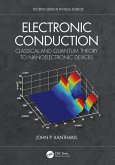
eBook, PDF
14. Dezember 2020
Taylor & Francis eBooks
| Gebundenes Buch | 174,99 € | |
| eBook, ePUB | 48,95 € |
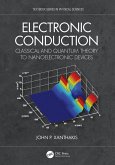
Broschiertes Buch
Classical and Quantum Theory to Nanoelectronic Devices
31. Mai 2023
CRC Press / Taylor & Francis
Ähnliche Artikel
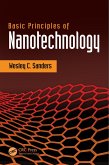
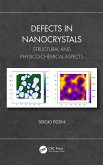
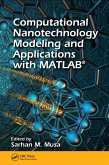
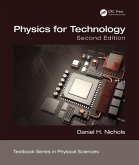
eBook, PDF
7. Dezember 2018
Taylor & Francis eBooks
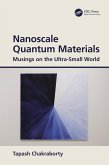
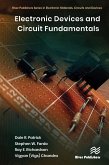
eBook, PDF
8. Mai 2023
Taylor & Francis eBooks
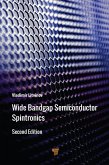
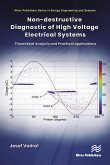
eBook, PDF
5. Mai 2023
Taylor & Francis eBooks
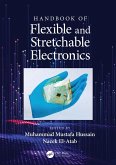
eBook, PDF
11. November 2019
Taylor & Francis eBooks
Ähnlichkeitssuche: Fact®Finder von OMIKRON
